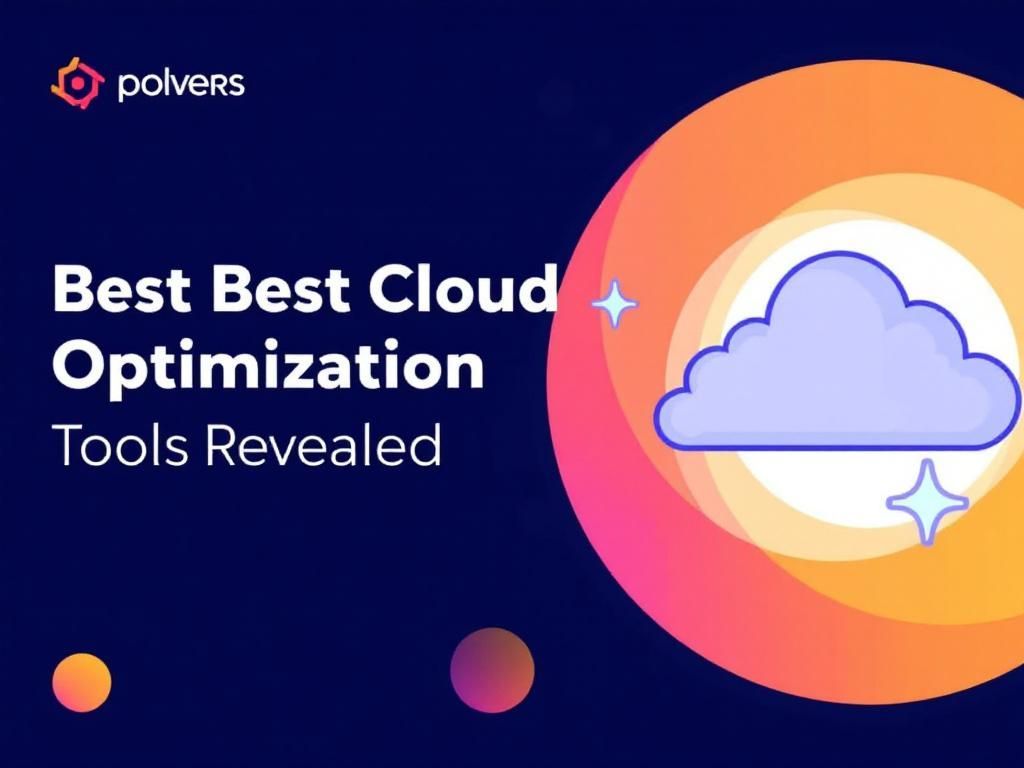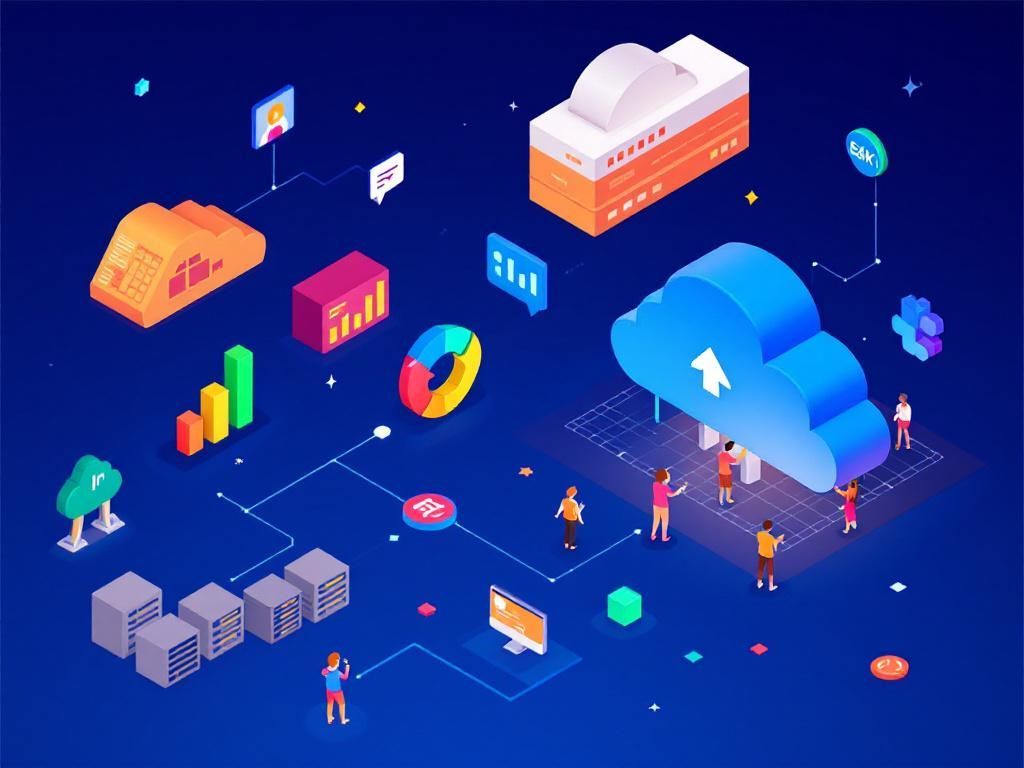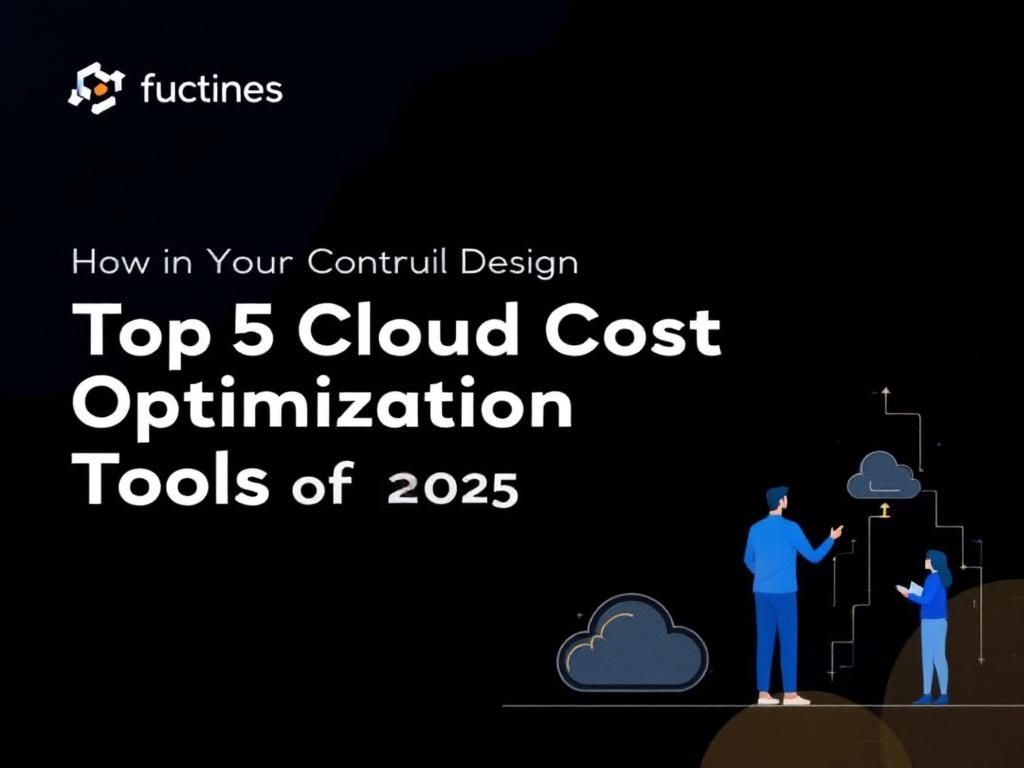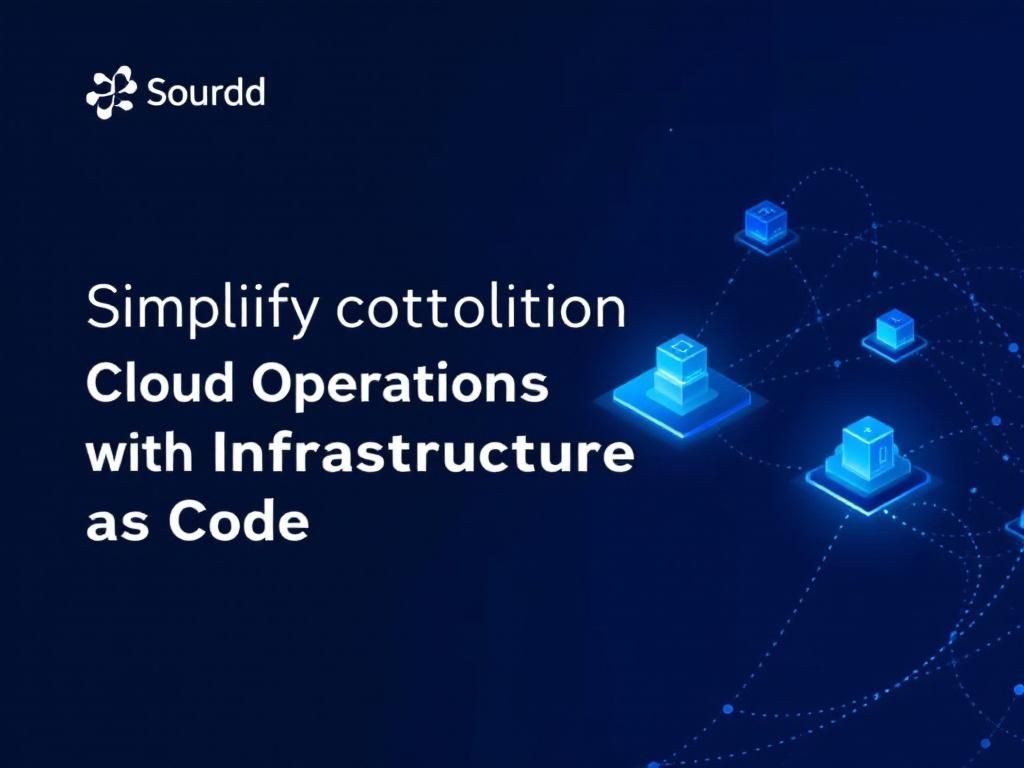Top Cloud Infrastructure Monitoring Tools for 2025
Discover the essential cloud infrastructure monitoring tools for 2025 that enhance performance, security, and reliability of your cloud environment.
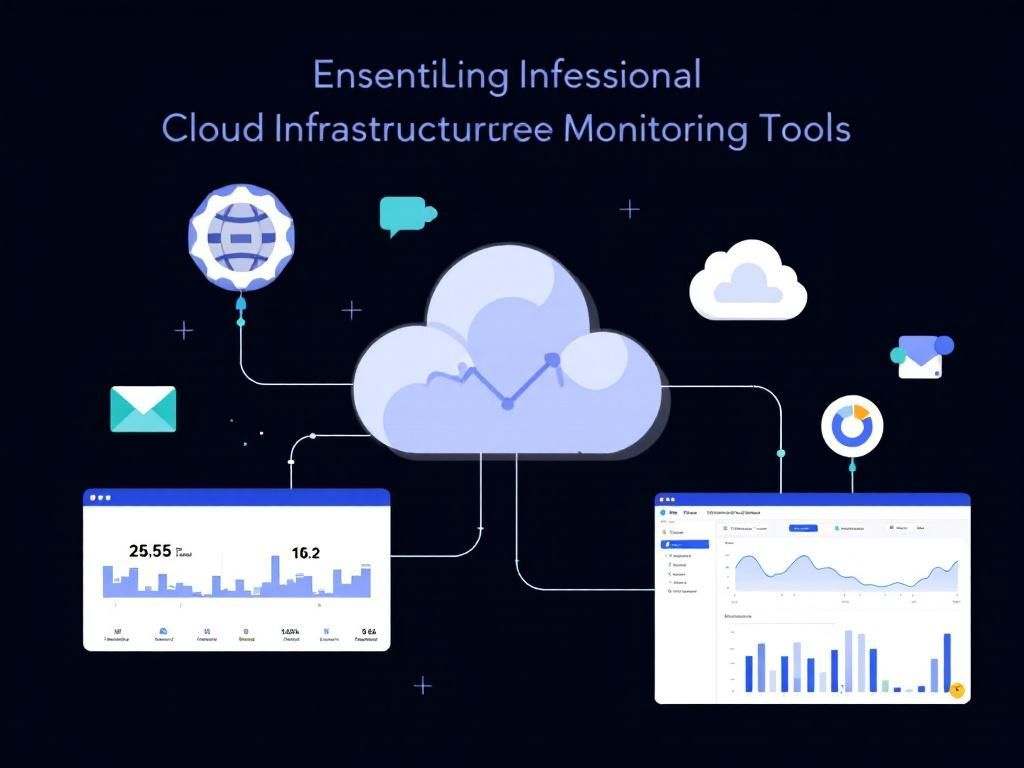
As organizations increasingly migrate their operations to cloud environments, maintaining optimal performance and security becomes paramount. Cloud infrastructure monitoring tools are essential for managing resources, ensuring uptime, and providing insights into application performance. In 2025, with advancements in AI and automation, the landscape of cloud monitoring tools continues to evolve, offering more sophisticated features to meet the growing demands of tech-savvy audiences.
Table of Contents
Understanding Cloud Infrastructure Monitoring
Cloud infrastructure monitoring involves tracking the performance and health of various components within a cloud environment, including compute, storage, and networking resources. Effective monitoring provides essential data that helps organizations:
- Identify and resolve issues proactively
- Optimize resource utilization
- Ensure compliance with industry regulations
- Enhance security posture
Key Features of Modern Monitoring Tools
When evaluating cloud infrastructure monitoring tools in 2025, consider the following key features:
1. Real-Time Monitoring
Real-time monitoring allows organizations to track system performance instantly, which is crucial for identifying bottlenecks and performance degradation before they affect end-users.
2. Automated Alerts
Automated alert systems notify administrators about potential issues, enabling them to respond swiftly to incidents that could disrupt service.
3. Integrated Analytics
Advanced analytics capabilities help organizations gain insights from collected data, facilitating better decision-making and strategic planning.
4. Multi-Cloud Support
As organizations adopt multi-cloud strategies, tools that offer support across various cloud platforms enhance flexibility and streamline management.
5. Custom Dashboards
Customizable dashboards allow users to visualize critical metrics and KPIs, providing tailored insights that matter to their specific roles.
Top Cloud Infrastructure Monitoring Tools of 2025
The following tools are leading the charge in cloud infrastructure monitoring, each offering unique features and capabilities:
1. Datadog
Datadog offers a comprehensive monitoring solution with extensive integrations and a user-friendly interface. Key features include:
- Real-time observability
- Infrastructure monitoring
- Application performance monitoring (APM)
- Log management
2. New Relic
New Relic is another popular choice for application and infrastructure monitoring, providing deep insights into performance with its:
- APM capabilities
- Distributed tracing
- Infrastructure monitoring
- Custom alerting
3. Prometheus
Prometheus is an open-source monitoring tool renowned for its scalability and flexibility. It excels in:
- Time-series data collection
- Support for multi-dimensional data model
- Powerful query language for analytics
4. AWS CloudWatch
For organizations leveraging Amazon Web Services, AWS CloudWatch provides integrated monitoring for:
- Resource utilization
- Application performance metrics
- System health
5. Azure Monitor
Similar to AWS CloudWatch, Azure Monitor is tailored for Microsoft Azure customers, offering:
- Insights into application performance
- Infrastructure monitoring
- Integration with Azure services
Choosing the Right Monitoring Tool
Selecting the right cloud infrastructure monitoring tool depends on various factors, including:
1. Business Needs
Assess your organization’s specific requirements. Consider the following:
- What resources do you need to monitor?
- What level of performance insights do you require?
- How critical is real-time data for your operations?
2. Integration Capabilities
Ensure that the monitoring tool integrates seamlessly with your existing systems and applications. This can reduce setup time and enhance overall functionality.
3. Budget Constraints
Evaluate the total cost of ownership, including setup, maintenance, and scaling costs. Many tools offer tiered pricing models based on usage.
4. User Experience
A user-friendly interface can significantly enhance adoption rates and efficiency for your team. Seek tools that are intuitive and easy to navigate.
Trends Shaping Cloud Monitoring in 2025
As we progress through 2025, several trends are impacting the cloud monitoring landscape:
1. AI and Machine Learning Integration
Many monitoring tools are incorporating AI and machine learning to enhance predictive analytics and automate responses to common issues.
2. Unified Monitoring Solutions
There’s a growing preference for unified solutions that offer a single pane of glass for monitoring across different environments, minimizing the need for multiple tools.
3. Increased Focus on Security
With cybersecurity threats on the rise, monitoring tools are emphasizing security monitoring features, such as anomaly detection and compliance reporting.
4. Serverless Monitoring
As serverless architecture becomes more mainstream, dedicated serverless monitoring tools are emerging, allowing organizations to track the performance of functions and microservices.
Conclusion
In a rapidly evolving cloud landscape, leveraging the right monitoring tools is crucial for maintaining performance, security, and compliance. By understanding your organization’s needs and keeping abreast of developments in monitoring technologies, you can effectively manage your cloud infrastructure and drive business success well into the future. As new tools and features continue to emerge, staying informed and adaptable will be key to optimizing your cloud operations.
FAQ
What are the essential cloud infrastructure monitoring tools for 2025?
In 2025, essential cloud infrastructure monitoring tools include AWS CloudWatch, Azure Monitor, Google Cloud Operations Suite, Datadog, and Prometheus, which provide comprehensive performance tracking and alerting capabilities.
How do cloud monitoring tools improve system performance?
Cloud monitoring tools improve system performance by providing real-time visibility into resource usage, identifying bottlenecks, and enabling proactive management of cloud resources.
What features should I look for in a cloud monitoring tool?
Key features to look for in a cloud monitoring tool include real-time analytics, customizable dashboards, alerting mechanisms, integration capabilities with other services, and support for multi-cloud environments.
Are there any free cloud monitoring tools available in 2025?
Yes, there are several free cloud monitoring tools available in 2025, such as Prometheus, Grafana, and Zabbix, which offer essential monitoring features without any cost.
How can I ensure compliance while using cloud monitoring tools?
To ensure compliance while using cloud monitoring tools, organizations should choose tools that offer built-in compliance features, conduct regular audits, and adhere to industry standards and regulations.



